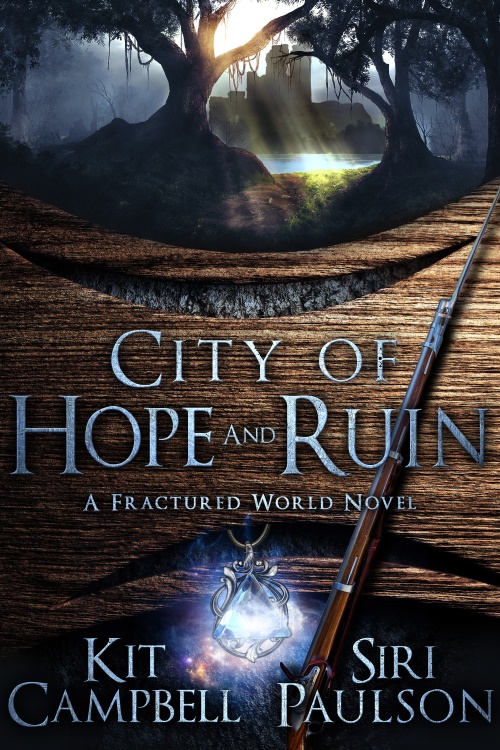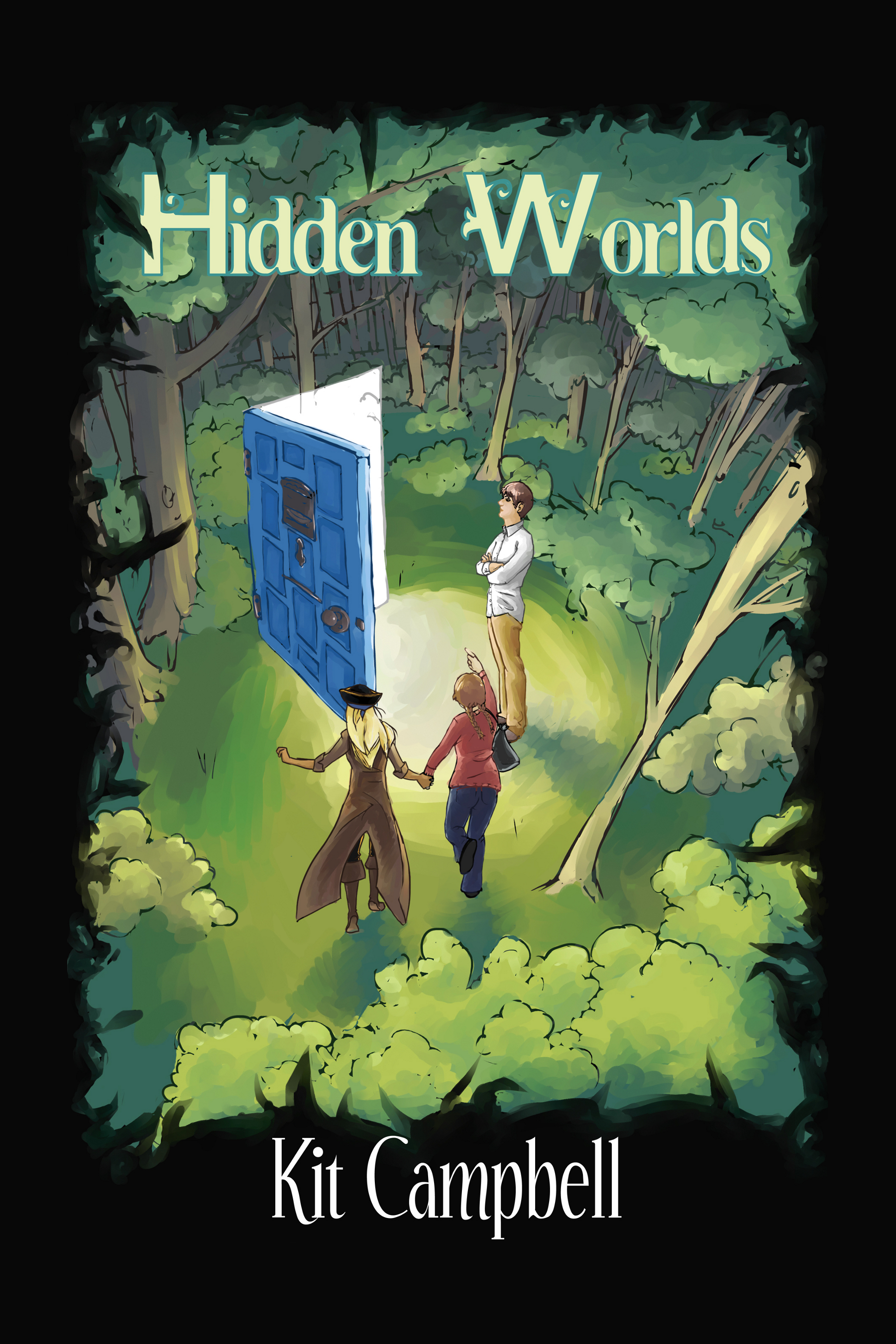Full confession, Squiders–this is something I had problems with for a LONG time. (Doing this today because I make no guarantees about Thursday.)
What is pronoun confusion? Well, take a look at this example:
Doug and Larry decide to go to the coffee shop from some of their seasonal coffees. He decides to get a peppermint mocha while he decides to get a pumpkin spice latte, because miraculously this shop offers both at the same time. Unfortunately, his coffee is burned and the whole thing tastes bitter.
Who’s doing what?
Who knows?
Pronoun confusion is where you have a pronoun that either cannot be directly tied to the proper noun or is tied to the incorrect noun.
As a quick refresher, a pronoun is a word that replaces a noun, such as he, she, they, or it.
The above example shows a situation where the pronoun “he” cannot be tied to either Doug or Larry, so the reader has no idea who is doing what.
Here’s an example of a pronoun tied to the incorrect noun.
Laura and Susie are on a tour of wine country. They have decided to ride bicycles between the wineries just in case. At their first winery, Laura decides to start with a nice, big Cabernet Franc. She decides to have a Riesling.
Who is “she” in that last sentence? If you think about it, you’ll probably decide it’s Susie, since we already know what Laura is having. But you don’t want to have your reader have to stop and think to figure out what’s going on.
Our brains automatically assume that the last appropriately-named noun that fits is the one that goes with the pronoun. So in this case, a reader’s first thought is going to be that we’re still talking about Laura.
These are fairly simplistic examples. The real issue comes when you have two characters (usually of the same gender) doing a complex action together. Fight scenes can be the worst offenders of this, with “he drew his sword to fend off his blow” and other such sentences, but pronoun confusion can sneak in anywhere.
So, how to you guard against pronoun confusion? The first step is just to be aware that it exists. Keeping “Is it clear who is doing what” in your head as you write can help a huge amount. It can also help to re-read complex sentences after you write them to make sure all your pronouns are pointing the right way.
Take special care with “it.” It’s especially easy to stick in without properly referencing an appropriate noun. Here’s an example.
Georgie has three pets: a turtle, a cat, and a dog. It is especially friendly.
Which pet do we mean? Who knows?
To fix a sentence that has an improperly used pronoun, you have two options:
- Add the noun in in place of the pronoun. (“Laura sighed and put her arm around Susie’s shoulders,” as opposed to “Laura sighed and put her arm around her shoulders.”)
- Rewrite the sentence so the pronoun is either not needed or obvious. (“Bob told Jerry that he didn’t like the way he looked at his wife” versus “Bob said, ‘Jerry, you don’t like the way I look at your wife.'”)
How about it, Squiders? Is this something you’ve had issues with? Any other advice for avoiding it?



